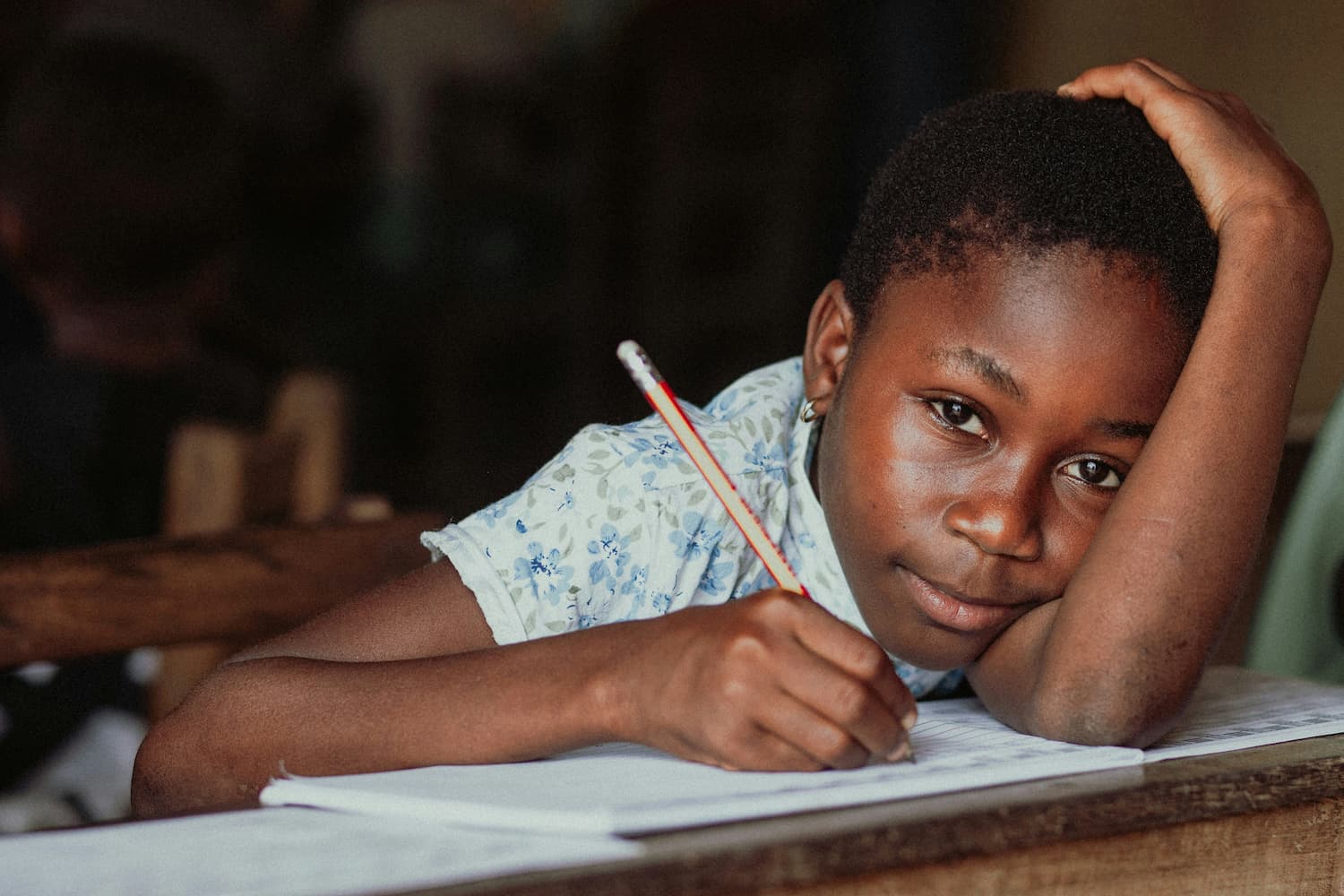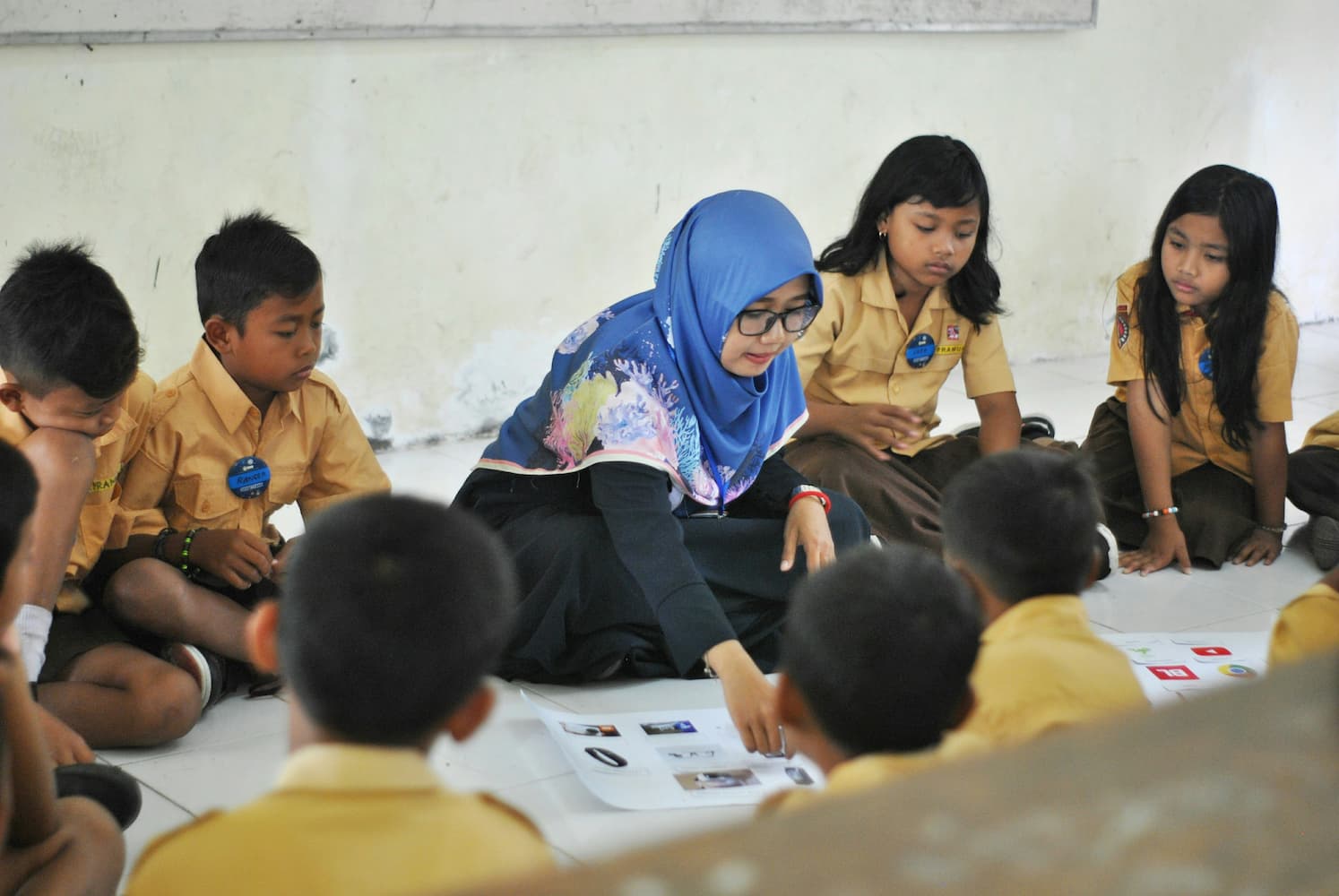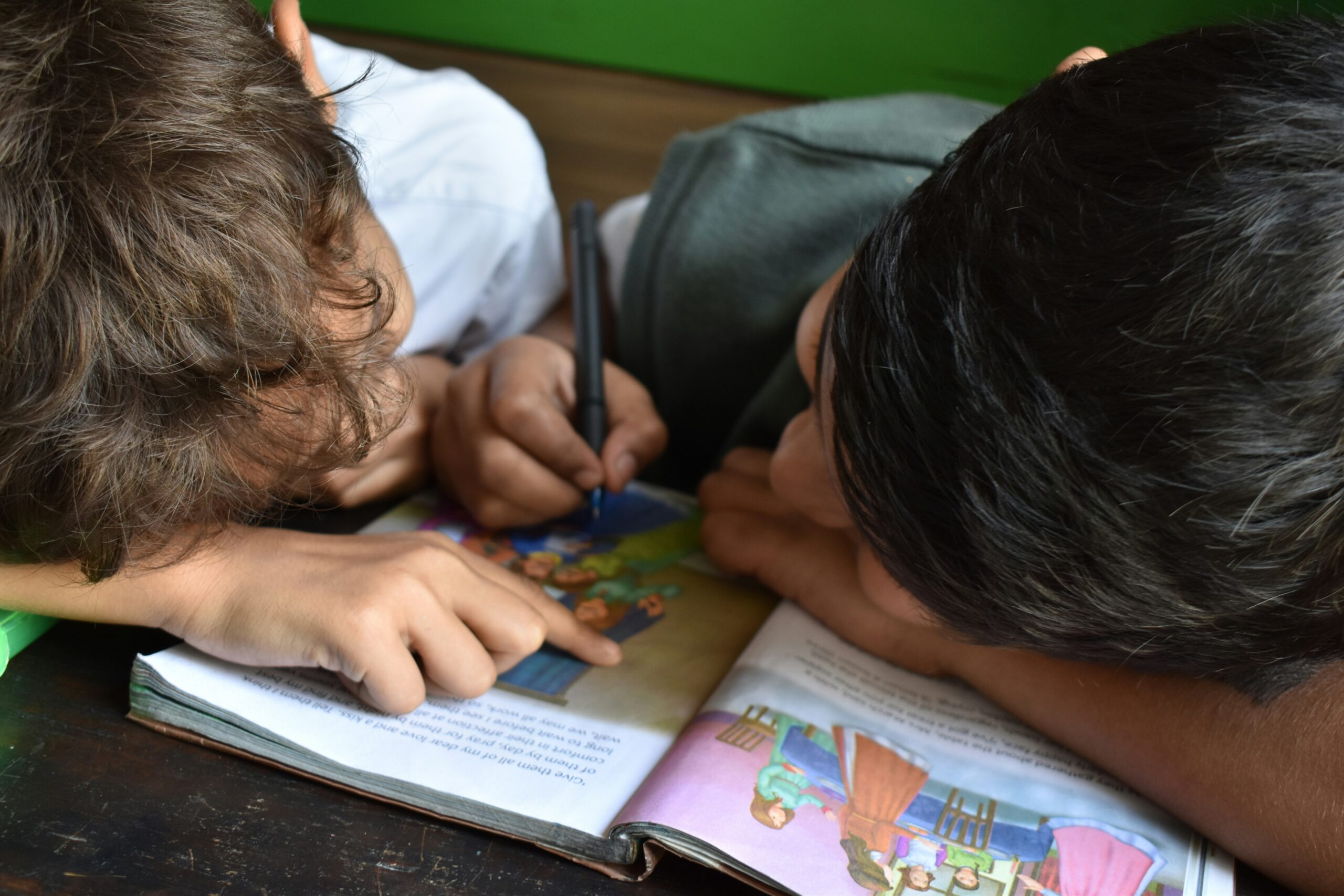GEDSI blog
Embedding gender and inclusion at scale: Reflections from PEAS’s government partnerships across Sub-Saharan Africa
Beatrice Likando
This blog is part of the Gender Equality and Social Inclusion (GESI) series.
In many rural areas across Sub-Saharan Africa, girls continue to face greater barriers to accessing and completing secondary education – shaped by poverty, long distances to school, and risks of gender-based violence, as highlighted in a 2018 World Bank report. These persistent challenges underscore the need for education models that are both inclusive and scalable.
Promoting Equity in African Schools (PEAS) designs for equity – embedding gender and inclusion across our whole-school approach to meet the needs of all learners. In Uganda, Zambia and Ghana, we co-design and co-lead education programmes with Ministries of Education, strengthening the wider education system through models that are inclusive, responsive and aligned with national priorities. These programmes draw on lessons from our school networks and focus on building the capacity of middle-tier officials and school leaders to drive change. This includes supporting gender-sensitive school inspections, helping school leaders to develop inclusive, evidence-based School Improvement Plans, and promoting the use of disaggregated data to inform decisions – enabling each leader to tailor their response to their specific context and students’ needs. These approaches promote practical strategies that support gender parity in student outcomes. A 2022 National Foundation for Educational Research (NFER) study in Uganda found that gender-sensitive teaching and wellbeing practices in PEAS-supported schools had a positive impact on girls’ enrolment, attendance, and confidence.
In this blog, we share lessons and strategies from our experience navigating the interplay between embedding gender and social inclusion (GESI) and scale, as part of an ongoing conversation on how to build more inclusive education systems.
1. Inclusive and targeted: not either/or
The governments we work with are deeply committed to reaching all learners, particularly in rural and underserved areas. In this context, education initiatives that appear narrowly focused on girls can be seen as externally driven or out of step with wider system goals.
We have experienced this tension both in our school networks and in the government programmes we co-design, informed by evidence from our networks. Data from our schools show that targeting girls alone can backfire. It can create perceptions of unfairness, reduce support from communities and even lead to poorer outcomes for girls. This was an early learning for PEAS. In 2013, funder requirements meant we had to exclude boys from some interventions. The most visible of these – such as installing lighting in girls’ dormitories only – led to growing resentment toward girls and active pushback from male students in some settings. Further data across our schools indicates a similar pattern. For instance, in schools where girls report receiving more support from their families and communities than boys – whether through direct help, time to study, or encouragement to attend school – girls’ learning outcomes tend to be lower.
Given that all PEAS students come from disadvantaged backgrounds, supporting progress for one group requires bringing all students forward together. While girls continue to face unique barriers that demand tailored support, delivering programming in a way that excludes other groups – or fails to raise awareness about why that support is needed – risks undermining gains.
We have found that whole-school approaches – designed to be inclusive and responsive to gendered needs from the outset – deliver positive outcomes for girls. For example, a recent study found that our stronger safeguarding systems and safer infrastructure – which include water, sanitation and hygiene (WASH) facilities and menstrual hygiene management – contribute to higher feelings of safety among students than in nearby comparison schools. These improvements benefit all learners while also addressing specific risks and barriers faced by girls.
At the same time, it is critical that general interventions are matched with targeted actions to meet the distinct challenges facing girls in many of the communities where we work. In our government partnership programmes, we support leaders to develop action plans that address girls’ specific needs, monitor and support teachers to embed gender-inclusive classroom practices, and establish the Senior Woman Teacher role to provide dedicated support to girls. In our schools – where we test and generate evidence for scaling innovations with government partners – we also implement tailored support for pregnant students and young mothers, promote leadership opportunities for female students and run dedicated girls’ clubs. These initiatives recognise that girls and boys can experience school differently – and aim to respond to the specific barriers that can limit girls’ participation, safety and success.
As we scale these approaches through government, co-design is essential. Aligning our work with national curricula, continuing professional development (CPD) frameworks and leadership systems has led to greater uptake and trust. Our gender-inclusive classrooms are built around the PEAS ‘Top 10’ Teaching Practices – now accredited as official CPD by the Ministry of Education in Zambia – and supported by school-based instructional leadership teams.
2. We say ‘gender’ – but are we talking about the same thing?
Building inclusive programmes requires shared understanding – not just of data, but of meaning. That alignment starts with careful framing, clear language and strong evidence.
We have found that how gender and inclusion are framed strongly shapes how our approach is received. Framing our work around safe, inclusive schools for all students, while using disaggregated data to address the distinct and intersecting needs of girls and boys, has helped strengthen buy-in and shared ownership across our government partnerships.
Language matters too. Terms like ‘gender’ can mean different things to different stakeholders – often interpreted as a shorthand for girls-only programming. That is why we prioritise clear communication and create space for meaningful conversations. Building strong, trusting relationships with government partners helps ensure everyone is aligned not just on goals, but on the language we use to reach them.
Just as important is listening to the people at the heart of education systems – students, teachers and staff. At PEAS, we collect anonymous feedback from our school communities every year on a range of topics including teaching and learning, child protection, welfare and skills development. This feedback helps us test, refine and improve our interventions before adapting them for government settings. Listening to those closest to the classroom ensures our approach is grounded in context and responsive.
We also look inward. A recent, externally facilitated Participatory Gender Audit revealed that male and female staff at PEAS often view gender equity quite differently. For example, most female staff felt that men have greater societal advantages and that more must be done to achieve equality, while many male staff saw fewer disparities. These findings prompted valuable internal reflection – and reinforced the need for shared understanding, even among teams working toward the same goals.
Our internal reflections mirror what we see in schools: while girls often face systemic disadvantage – particularly during adolescence – there are contexts where boys underperform or disengage. This reinforces a key insight for both implementers and policymakers: gendered disadvantage is real, but it is also nuanced and context-dependent. We need real-time, disaggregated data and honest conversations to reveal where support is needed and why.
3. What works at scale for every student? Only what adapts
Recognising that gendered disadvantage looks different in every context means we cannot rely on one-size-fits-all solutions. Barriers vary across regions, schools and individual students – shaped by intersecting factors like poverty, disability, remoteness and social norms. This means that building in flexibility has to be a core design principle from the start.
That flexibility is only possible when gender and inclusion are embedded across the whole school system – not treated as separate or additional. Too often, girl-focused initiatives are bolted onto existing systems. At PEAS, we take a different approach – one that integrates gender and inclusion into the core design of how schools function. This means embedding inclusion across all levels of the system. In our government partnership programmes focused on school improvement, we support school and middle-tier leaders to use disaggregated assessment and safeguarding data to identify and close equity gaps. Our approach also supports leaders to implement responsive, school-based professional development for teachers using our ‘Top 10 Teaching Practices’ – a set of practical, evidence-based classroom practices that help teachers create classrooms where all learners feel supported, respected and able to participate.
When flexibility is built into the system – through leadership, pedagogy, and data use – inclusion becomes part of how a school functions, not something additional. In our experience, this makes it more likely to be sustained at school level – and more likely to scale.
Conclusion: Gender equity through scalable, adaptable system design
To achieve equity at scale, models must be designed to meet the needs of all learners – they must embed targeted support for girls guided by gender equality and social inclusion (GESI) principles within system-wide approaches. Scalable education approaches must be both inclusive and system-ready, with the flexibility to respond to the diverse and changing needs of learners, particularly in rural and under-resourced areas.
At PEAS, we have seen that when governments are part of the design and delivery from the beginning – and when gender and inclusion are embedded throughout – GESI becomes a driver of sustainable, system-level change.
We hope these reflections are useful to others working to strengthen public education systems. We are committed to learning and sharing alongside others working toward this goal.
Previous blogs in the Gender Equality and Social Inclusion (GESI) series:
Likando, B. 2025. Embedding gender and inclusion at scale: Reflections from PEAS’s government partnerships across Sub-Saharan Africa. What Works Hub for Global Education. Blog. 2025/021. https://doi.org/10.35489/BSG-WhatWorksHubforGlobalEducation-BL_2025/021
Discover more

What we do
Our work will directly affect up to 3 million children, and reach up to 17 million more through its influence.

Who we are
A group of strategic partners, consortium partners, researchers, policymakers, practitioners and professionals working together.

Get involved
Share our goal of literacy, numeracy and other key skills for all children? Follow us, work with us or join us at an event.
